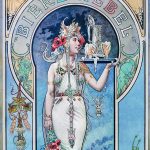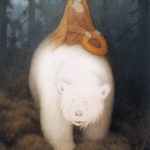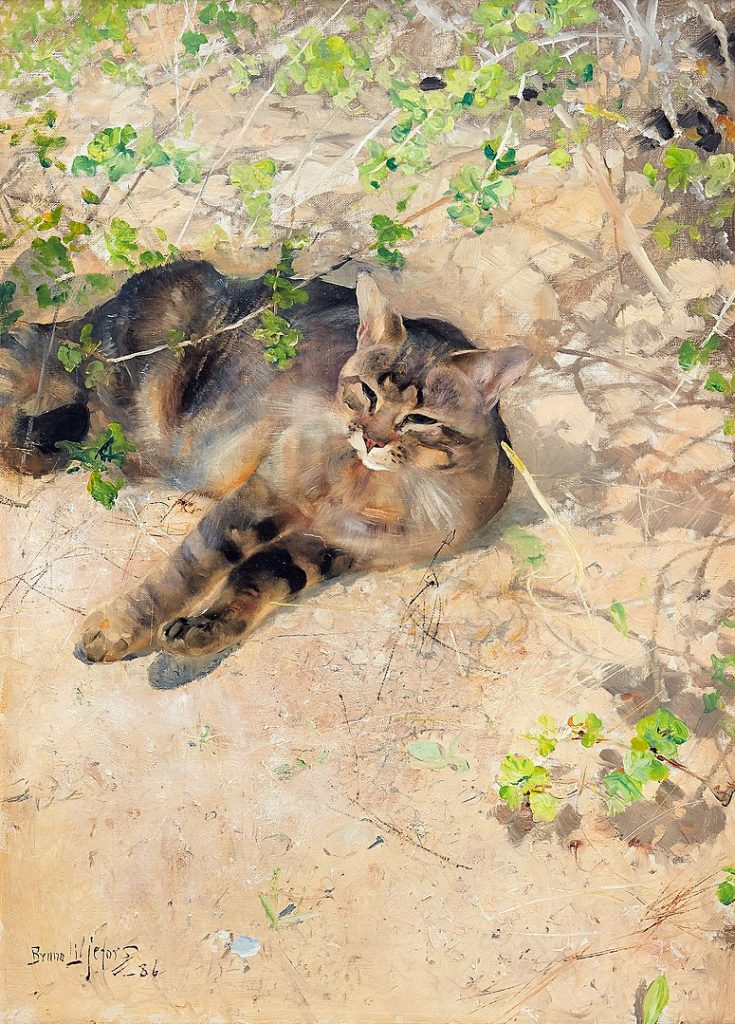
Bruno Andreas Liljefors (1860–1939) was a Swedish artist renowned for his wildlife paintings and naturalistic representations of the Scandinavian landscape. Born in Uppsala, Sweden, Liljefors was immersed in nature from a young age, developing a keen interest in the outdoors and wildlife, which would later become the hallmark of his artistic career. His early life was marked by an intimate connection with the Swedish countryside, fostering a deep appreciation for the natural world that would profoundly influence his work.
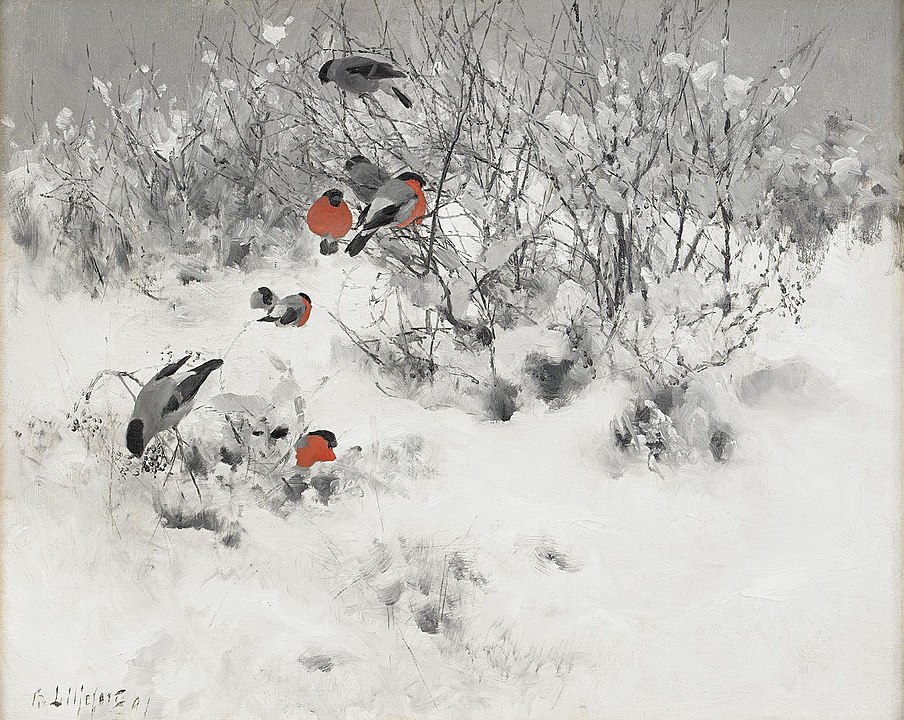
Liljefors initially pursued studies in engineering but soon realized his true passion lay in painting. He enrolled at the Royal Swedish Academy of Arts in Stockholm, where he honed his skills and developed his distinctive style. Early in his career, Liljefors was influenced by the prevalent academic traditions of the time, but he gradually shifted towards a more personal and direct approach to capturing the essence of his subjects.
Remarkable Accuracy
His paintings are celebrated for their remarkable accuracy in depicting animals in their natural habitats, a testament to Liljefors’ meticulous study of nature and wildlife. He spent countless hours in the wilderness, observing and sketching animals in their environments, striving to capture their movements, behaviors, and interactions authentically. This dedication to realism and accuracy set Liljefors apart from his contemporaries and established him as a pioneering figure in wildlife art.
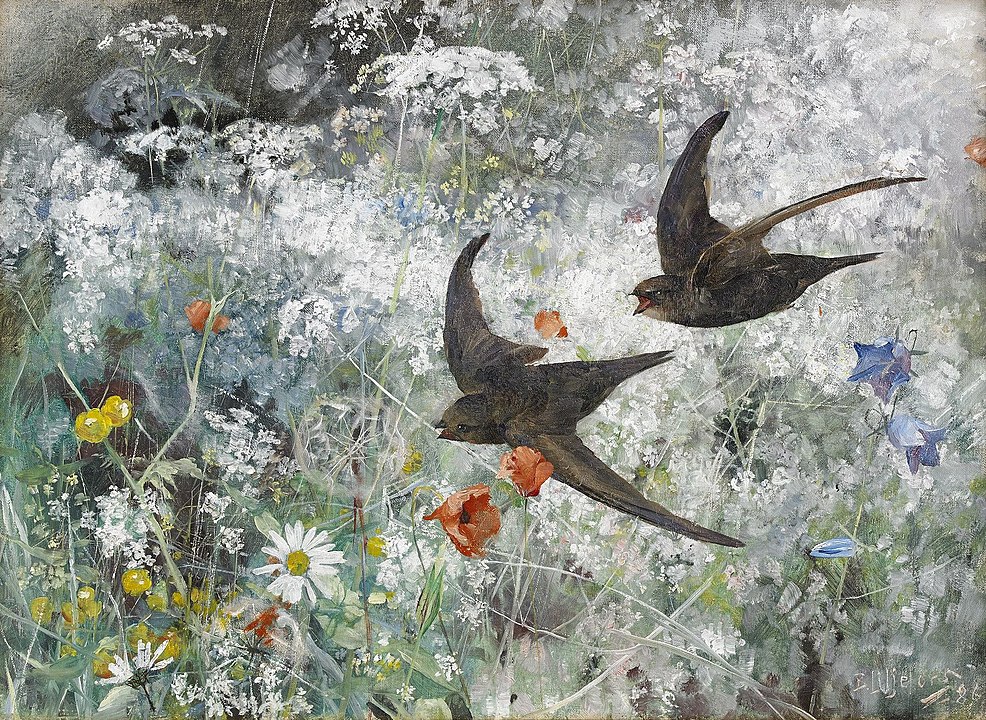
Liljefors’ work is characterized by dynamic compositions and a masterful use of color and light, which bring his scenes of nature to life. His paintings often feature dramatic skies, the subtle interplay of light and shadow, and a profound sense of the untamed wilderness that defines the Scandinavian landscape. Through his art, Liljefors sought not only to depict the physical appearance of animals but also to convey their spirit and the essence of their existence within the natural world.
Movement and Vitality
One of the most distinctive aspects of Liljefors’ art is his ability to create a sense of movement and vitality in his subjects. His paintings of birds in flight, foxes on the hunt, and other wildlife scenes are imbued with a sense of energy and immediacy. Liljefors’ skillful brushwork and attention to detail capture the fleeting moments of nature, offering viewers a glimpse into the lives of animals with an unparalleled sense of realism and empathy.
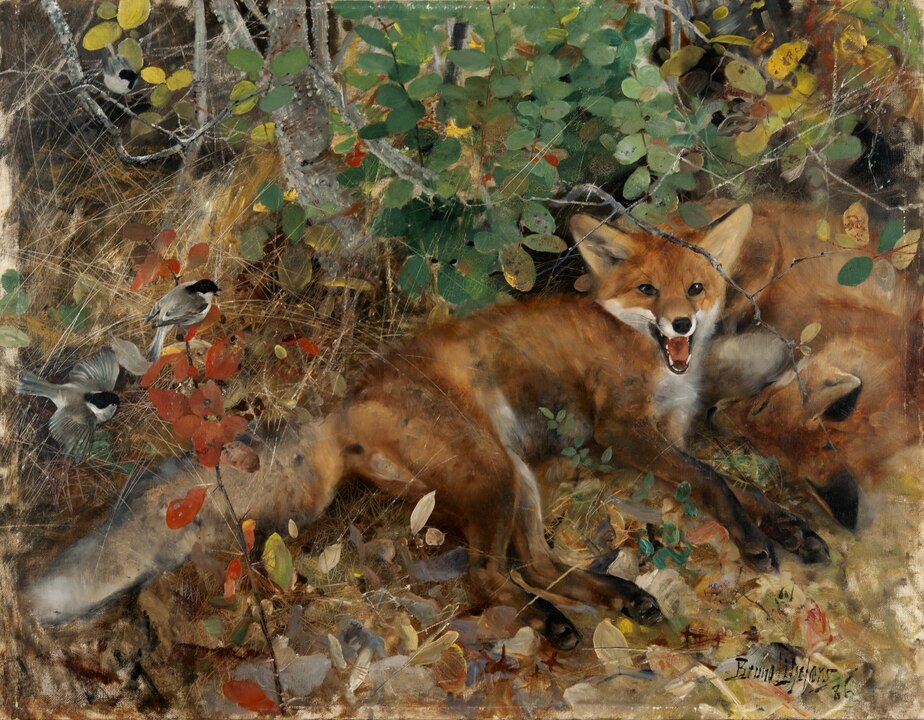
Throughout his career, Liljefors received critical acclaim and recognition for his contributions to art. His works were exhibited widely in Sweden and internationally, earning him a reputation as one of the foremost wildlife painters of his time. Despite the popularity of his wildlife subjects, Liljefors also explored other themes in his work, including landscapes and seascapes, which reflect his deep connection to the Swedish environment.
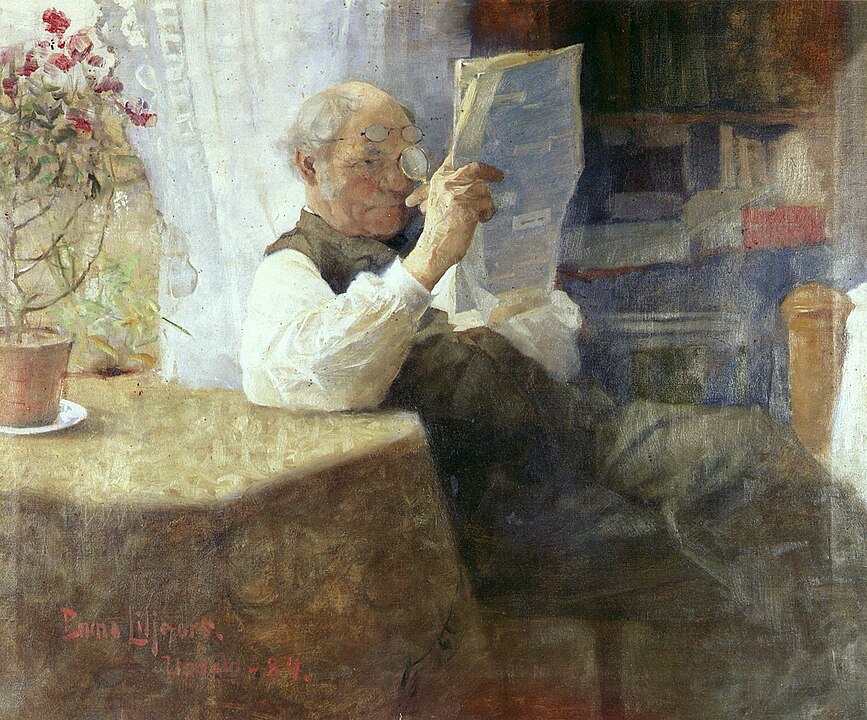
Liljefors’ influence extends beyond his contributions to painting. He played a significant role in the development of Swedish naturalist and wildlife art, inspiring future generations of artists to explore the natural world as a source of artistic inspiration. His legacy is preserved in the collections of major museums and galleries in Sweden and around the world, where his paintings continue to captivate and inspire audiences with their beauty and realism.
Protecting Wildlife
In addition to his artistic achievements, Liljefors was a passionate advocate for conservation and the protection of wildlife. His art reflects a profound respect for nature and a prescient awareness of the need to preserve natural habitats and biodiversity. Liljefors saw his work as a way to draw attention to the beauty and importance of the natural world, hoping to inspire a greater appreciation and understanding of wildlife among the public.
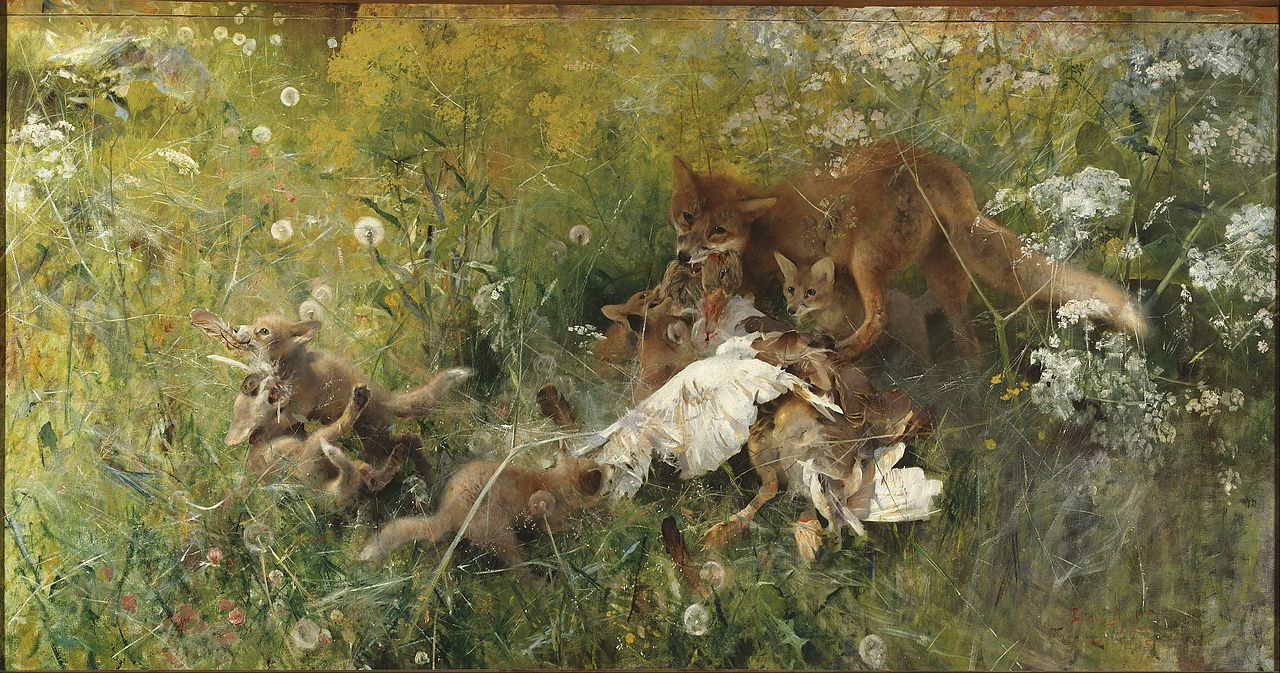
Liljefors’ dedication to his craft and his commitment to portraying the natural world with authenticity and sensitivity have cemented his status as a key figure in the history of art. His paintings, with their vivid depiction of the Scandinavian wilderness and its inhabitants, offer a timeless reflection on the beauty and complexity of nature. Through his work, Liljefors has left an indelible mark on the field of wildlife art, celebrating the splendor of the natural world and reminding us of our responsibility to protect and cherish it.
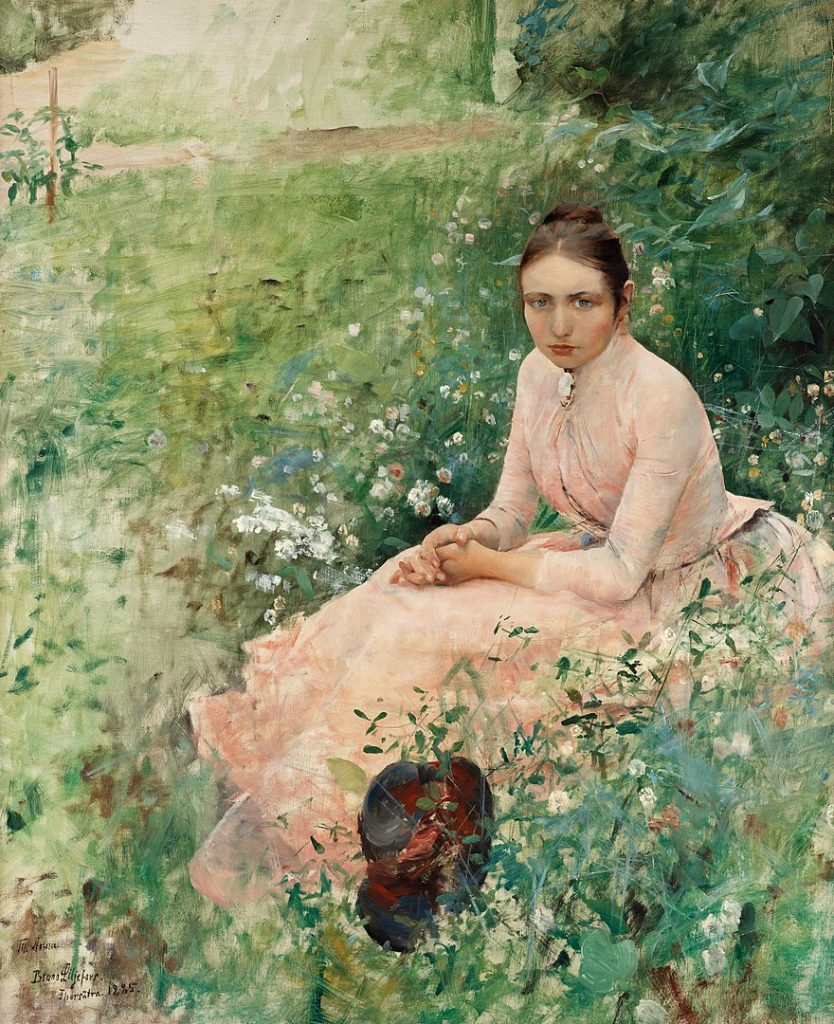
In conclusion, Bruno Liljefors’ life and work represent a profound connection to the natural world, articulated through his exceptional talent as a painter. His legacy as a pioneer in wildlife art and a champion of nature conservation continues to resonate, making him a revered figure in the art world and beyond. Liljefors’ art stands as a testament to the enduring power of nature as a source of inspiration and wonder, inviting us to look closer at the world around us and appreciate the beauty and diversity of wildlife in its myriad forms.

